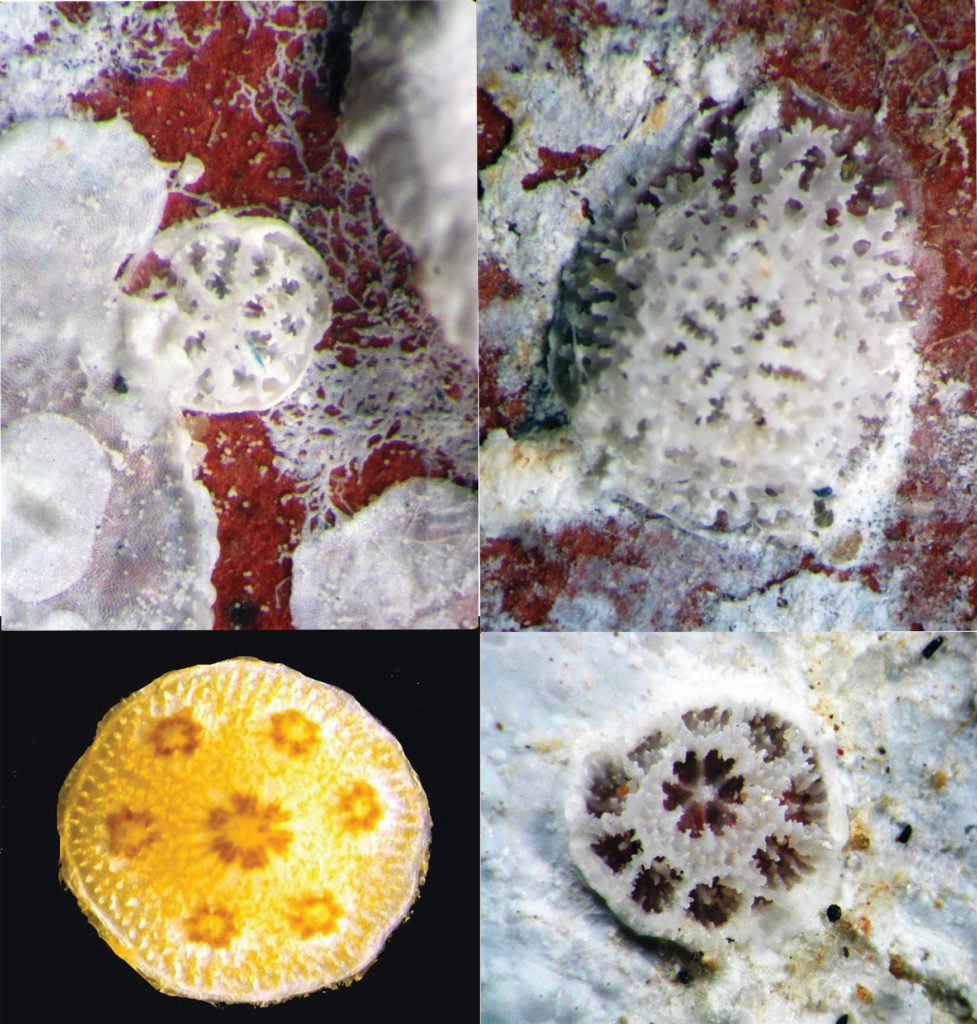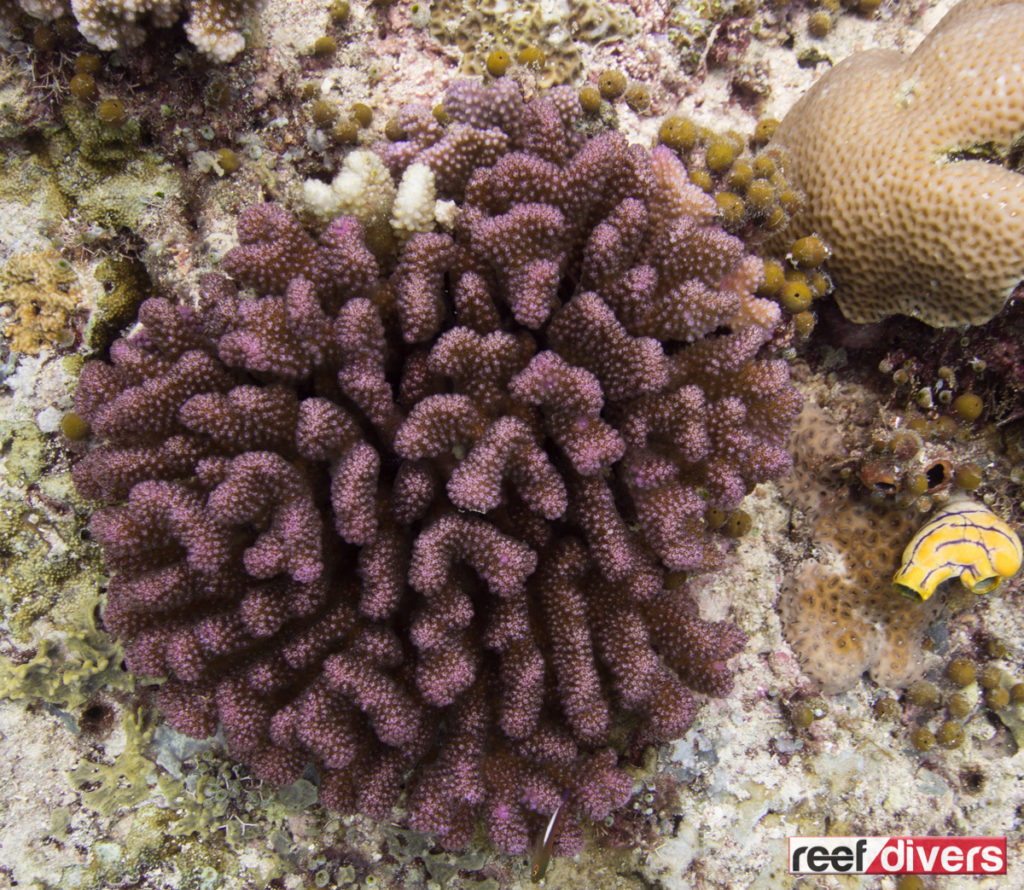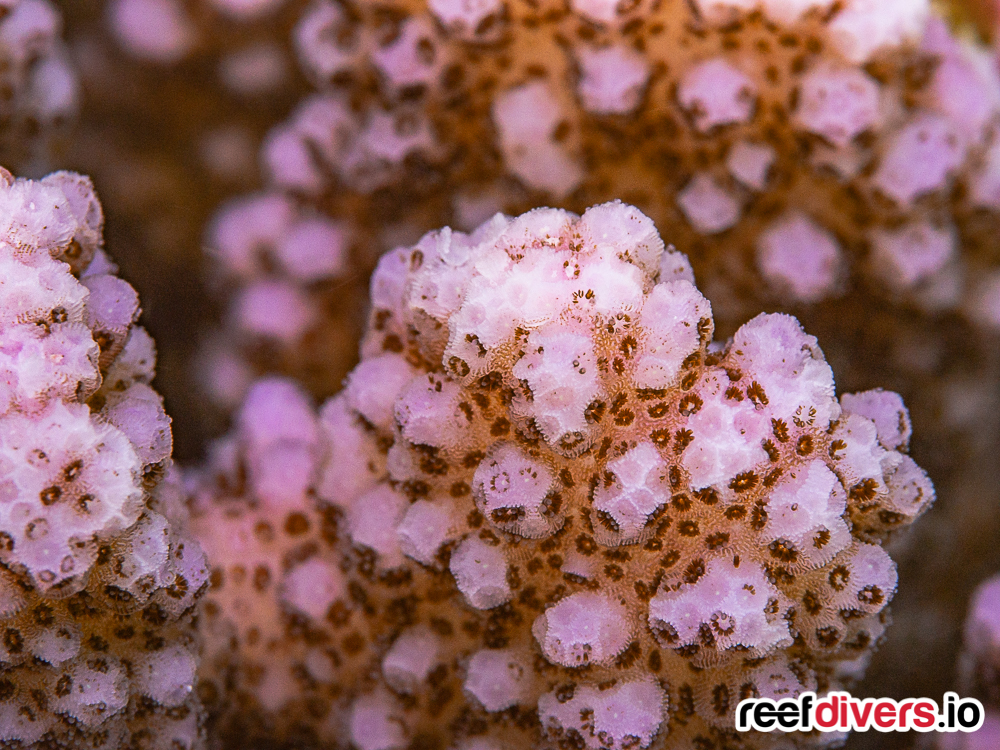A new study published in the journal Nature, scientist have showen that coral larval recruitment on some parts of the Great Barrier Reef is on the decline, with up to 89% less recruitment compared to historical level. The greatest decline was seen in spawning corals, predominantly Acropora along the northern two-thirds of the GBR.
Scientist studied coral settlement on recruitment tiles and found a significant drop in baby corals compared to previous years, up to 93% on some tiles. For the first time in history, they noticed that larvae recruits from brooding corals, (Pocillopora sp.) replaced those of spawning corals like Acropora, Isopora and Porites.
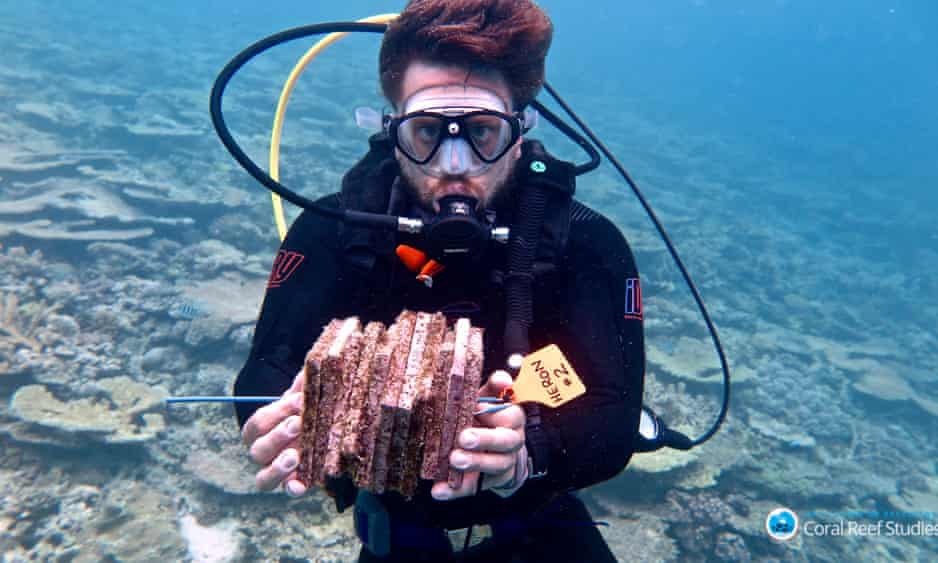
Corals that are ‘brooders’ release well-developed larvae that typically settle nearby within a day, whereas broadcast spawning corals (spawners) release eggs and sperm that fertilize externally, followed by a peak in larval settlement 4–7 days later. In the Indo-Pacific, more than 90% of reef-building coral species are spawners, including the ecologically dominant genus Acropora.
The collape of this recruitment is due to the loss of adult broodstock colonies due to coral bleaching.
“Dead corals don’t make babies,” said lead author Professor Terry Hughes, Director of the ARC Centre of Excellence for Coral Reef Studies at James Cook University (JCU). “The number of new corals settling on the Great Barrier Reef declined by 89 percent following the unprecedented loss of adult corals from global warming in 2016 and 2017.” [ARC]
In the marine envrionment the production of larvae and recruitment is a fundamental processes for rebuilding depleted adult coral populations. Without adult broodstock colonies, a coral reef become less reselient and faces higher risks associated with climate change and environmental pressure.
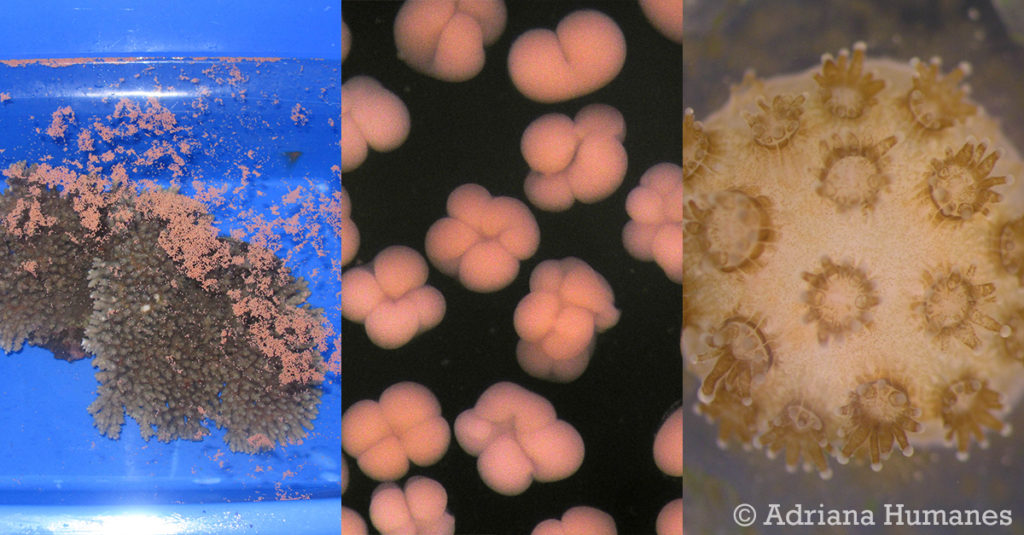
This 1,400-km expanse of the Great Barrier Reef, comprising the northern two-thirds of the world’s largest reef system, was severely damaged during back-to-back bleaching events in 2016 and 2017. The region in the far south escaped with little damage in both years. In 2018, recruitment by spawners and, especially, by brooders was higher in the south compared to historical levels—in marked contrast to elsewhere. [Nature]


